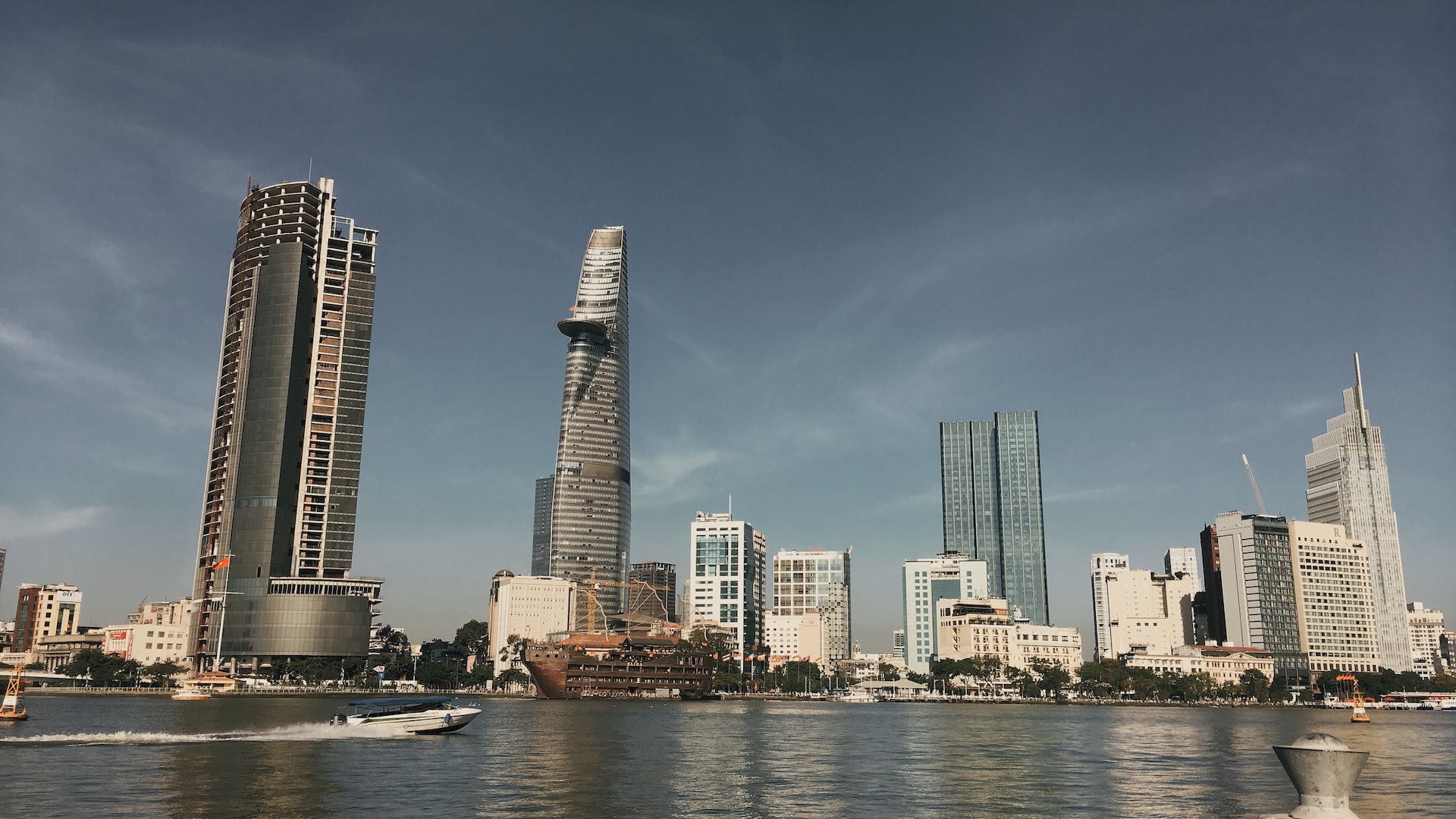Business and Economy
Hồ Chí Minh City eyed as Southeast Asia’s economic hub by 2030

From 2010 to 2020, HCM City’s economy expanded 2.7 times while its GRDP (Gross Regional Development Product) doubled. (File photo: Pham Truc/Unsplash)
HÀ NỘI – The Politburo on Friday issued a resolution setting a goal that tasks Hanoi to lead the country in digitalization and to become the economic hub of Southeast Asia by 2030.
At the meeting chaired by Party General Secretary Nguyễn Phú Trọng, the Politburo reviewed the implementation of development goals in the 2010-2020 period and set new goals for 2030 with a vision to 2045.
From 2010 to 2020, HCM City’s economy expanded 2.7 times while its GRDP (Gross Regional Development Product) doubled. The city continued to reform its growth model, with the development based on science and technology applications. Its economic structure shift was also on the right track as it focused on high-tech industry, services and agriculture.
The annual state budget collection was also higher than planned.
The city also witnessed positive achievements in other fields, including science, technology, education and training, health, culture and sports, while ensuring social welfare and improving people’s quality of life.
Despite positive results, the Politburo also pointed out limitations, including low competitiveness, slowed economic growth compared to the previous period, the investment environment remains slow to improve, and the per capita income goal being unmet.
Under the newly approved resolution, it tapped HCM City to become a modern city by 2030, leading the country in digitalization and an economic, financial, trade, science and technology and cultural hub of Southeast Asia in eight years. It will become an economic, financial, and service hub of Asia, a global destination and among major cities in the world.
It also aimed to achieve rapid and sustainable economic development, improving productivity and international competitiveness while strengthening linkages for regional development.
Also, HCM City is expected to accelerate programs related to the construction of infrastructure and improve the quality of planning while ensuring sustainable development and adaptation to climate change.
The city must also effectively mobilise and use all resources, tap the potentials and advantages for the city to develop quickly and sustainably while paying attention to culture, society, education and training, people’s health and quality of life.
No upgrades for suburban districts
HCM City’s People’s Committee has requested its suburban districts not to file a request to upgrade into urban districts claiming that this might lead to hiking land prices that would create hurdles in collecting lands to develop infrastructure in the future.
In the last two years, five districts — Củ Chi, Bình Chánh, Cần Giờ, Nhà Bè and Hóc Môn proposed to become cities before 2030.
HCM City covers an area of more than 2,060 sq metres with a population of 8.9 million people as of October this year. It is home to 22 districts including one that has become a city (Thủ Đức), 16 urban districts and five suburban districts. (VNS)





















